Hey there photography enthusiasts! If you’re a fan of using different types of film in your camera, you may have wondered if it’s possible to use Fujifilm in a Kodak camera. After all, both brands are well-known for producing high-quality films. The good news is, the answer is yes!
But before you go ahead and start experimenting, there are a few things you should know about compatibility between these two brands. In this blog post, we’ll dive into the details and provide you with a comprehensive guide on using Fujifilm in a Kodak camera. So grab your camera and let’s explore the world of film compatibility!
Can I Use Fujifilm in a Kodak Camera?
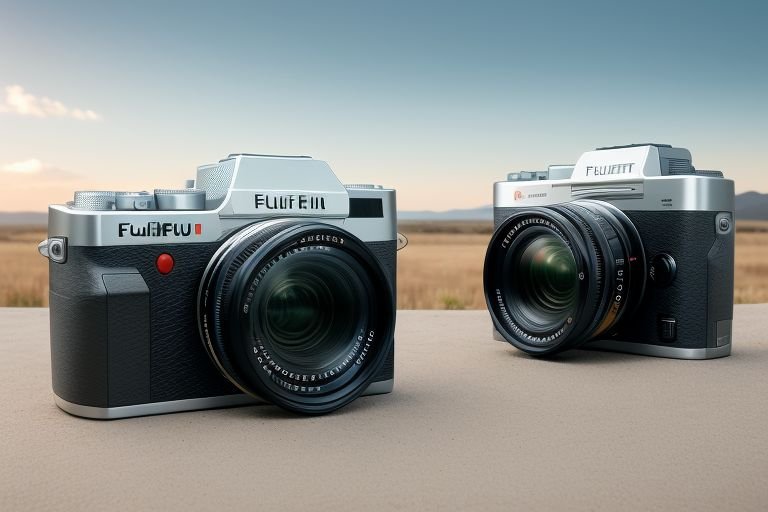
Absolutely! In general, Fujifilm can be used in Kodak cameras without any problem. Kodak cameras primarily use 35mm film, and fortunately, Fujifilm produces compatible 35mm film. However, it’s always a smart move to double-check the specific requirements of your Kodak model to ensure the best results. Happy shooting!
Understanding the Basics of Film Photography
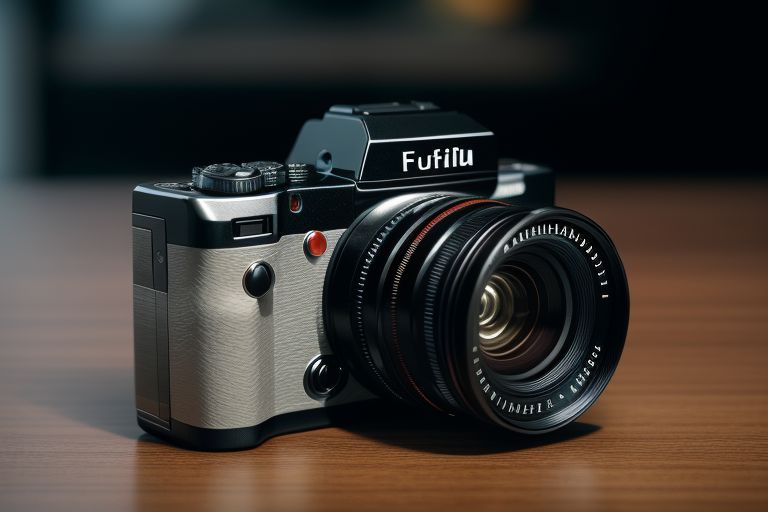
Diving into the world of film photography can feel like stepping back in time. It’s an art that records light on a tangible medium – the film. Unlike its digital counterpart that electronically preserves images, film photography hinges on the use of this physical substance.
The film, available in an array of types and sizes, becomes the canvas for your captured light. The magic lies in how the film interacts with the light to create an image, and it is this interaction that differentiates one film from another.
Thus, understanding film types and sizes is a critical step in film photography, as it guides the compatibility between your camera and the film. So, let’s pull the curtain back on this magical world and get to know its core – the film.
What is Fujifilm?
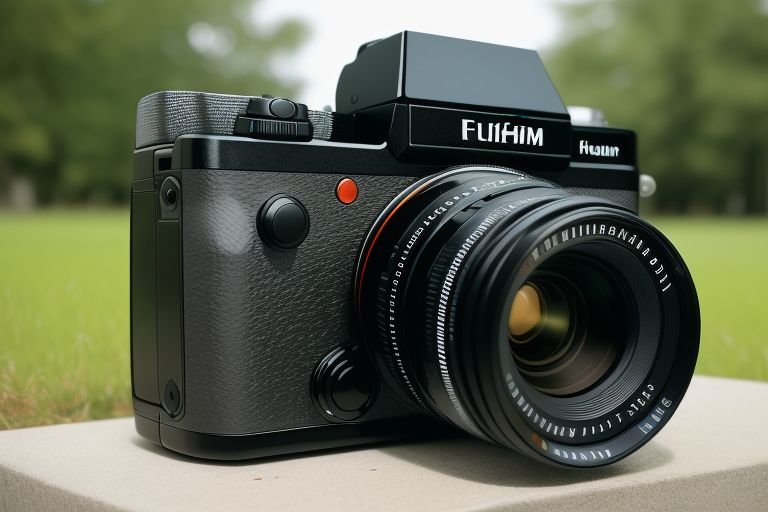
Fujifilm, a trailblazer hailing from Japan, is globally recognized for its progressive imaging products, including its signature photographic film. This film, often referred to simply as Fujifilm, has won the hearts of countless photography devotees.
It’s admired for its radiant color representation, its wide-ranging dynamic scope, and the remarkable clarity it brings to images. Whether you’re an old hand at photography or are just picking up the hobby, Fujifilm’s high-quality film is sure to make each click of the camera a satisfying experience.
This renowned brand truly knows how to cater to the varied needs of photographers with its array of innovative and high-performance film products. So, when you’re ready to embark on your next photographic adventure, remember Fujifilm – where vibrant color and precision meet.
The Legacy of Kodak Cameras
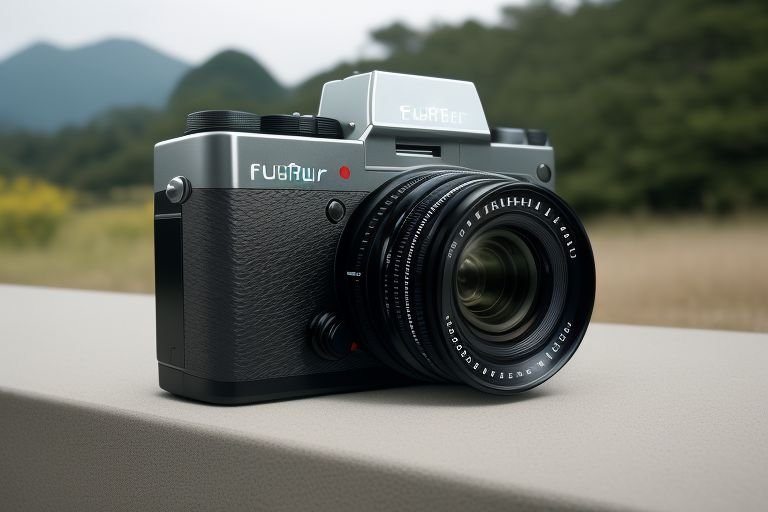
Journey back with us to the heyday of American photographic innovation and meet Kodak. For well over a century, this iconic brand has been setting standards in the world of photography, pioneering the simplicity and user-friendliness that brought the magic of photo capturing to everyone.
Known not only for their cameras but also for their top-quality film, Kodak has etched its name in the annals of photography. Today, their cameras remain treasured possessions, especially for film photography connoisseurs.
Aesthetically timeless, functionally reliable, and offering a range of film options, Kodak cameras are the personification of photographic nostalgia. If you are looking for a camera that oozes charm and delivers in function, you will find a friend in a Kodak.
For those of you who harbor a love for film photography and an admiration for a historic brand that stands for quality and ease of use, Kodak has much to offer. Remember, Kodak is not just a camera; it’s a chapter in the book of photography history.
Compatibility Between Fujifilm and Kodak Cameras
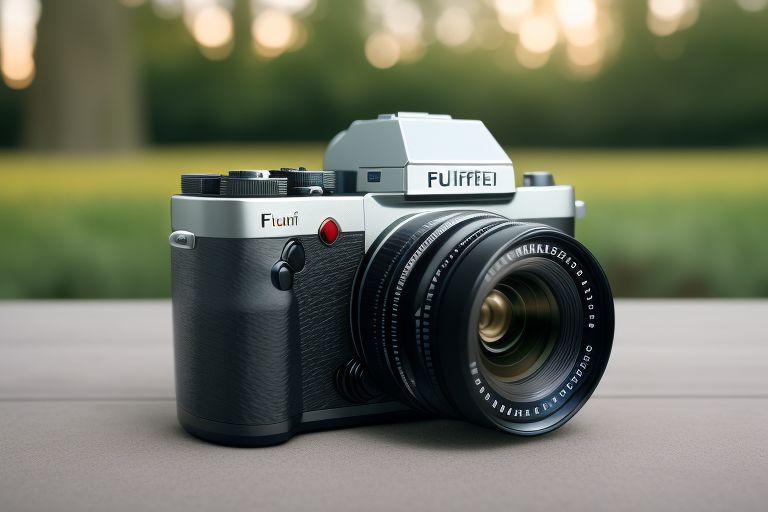
So, can you load up your Kodak camera with Fujifilm? You bet! Kodak cameras typically use standard 35mm film, and lucky for you, Fujifilm manufactures 35mm film that works seamlessly with these cameras. But remember, this isn’t a one-size-fits-all scenario.
There may be exceptions, particularly with older or specialized Kodak models that require unique film types. As always, it’s smart to double-check the specifications of your individual camera model to ensure a perfect match.
When it comes to creating magic with film photography, the compatibility between your film and camera is a key ingredient. So, go ahead and couple that Fujifilm with your Kodak camera, but always remember to make sure they’re a perfect pair!
Advantages of Using Fujifilm in Kodak Cameras
Imagine the fusion of Fujifilm’s high-grade film with the reliability of Kodak cameras. What you’ll get is an enriched photographic experience that showcases the best of both worlds. Fujifilm’s film, praised for its fine detailing and sharp image quality, can elevate your shots to a new level of excellence when used in a Kodak camera.
Aesthetic variety is another advantage to consider. Fujifilm’s collection of films offers a spectrum of visual effects, ranging from retro to contemporary. This allows you to tap into your creative potential and add a unique touch to your photographs.
When you integrate Fujifilm’s advanced film technology with Kodak’s robust camera design, you’re bound to create photographic masterpieces. However, as a caveat, remember to always check the specifications of your Kodak model for complete compatibility.
The Drawbacks of Cross-Brand Usage
Cross-brand usage, although typically advantageous, does come with a handful of potential pitfalls. Most importantly, the distinct aesthetics that come with using a specific brand of film could be lost.
In other words, if a Kodak camera was primarily designed for Kodak’s own film, using Fujifilm might shift the resulting images’ aesthetics away from the original intention. The nuances that are exclusive to a Kodak or Fujifilm might be less pronounced or completely altered when used interchangeably.
Another potential drawback could come into play regarding warranties and service agreements. This is because using film from a brand other than the one your camera is from could possibly invalidate the warranty or service contract.
Therefore, it’s highly recommended to peruse the warranty terms and conditions and the user manual with care before experimenting with different brands of film in your camera.
In the grand scheme of things, knowing the potential drawbacks of cross-brand usage could save you a lot of time, money, and disappointment down the line. Don’t let these minor hurdles deter you, though. Keep exploring, stay informed, and continue creating!
A Final Word on Fujifilm and Kodak Compatibility
Venturing into the world of film photography is like embarking on a thrilling journey of artistry and technical skill. Making the right choice when it comes to film and camera brand compatibility is a critical stop on this journey.
While the broad answer to whether Fujifilm can be used in Kodak cameras is a resounding ‘Yes’, the devil lies in the details. Always bear in mind that exceptions may exist, particularly with vintage or specialty Kodak models. Thus, it’s vital to scrutinize the specifications of your individual Kodak camera for an assured fit with Fujifilm.
And while the marriage of Fujifilm’s superior film technology with Kodak’s sturdy camera design can yield some truly awe-inspiring photos, it’s wise to also be aware of the potential pitfalls of brand mixing. From possible shifts in image aesthetics to potential warranty implications, these are areas to navigate with caution.
In essence, the world of film photography invites you to explore, discover, and create, but to do so with a well-informed mindset. Now, armed with this knowledge, may your photographic journey be filled with stunning captures and endless creativity. Keep your eye on the viewfinder, the world is waiting to be captured!


